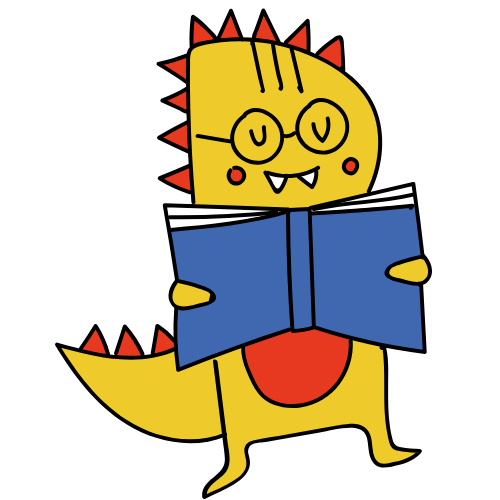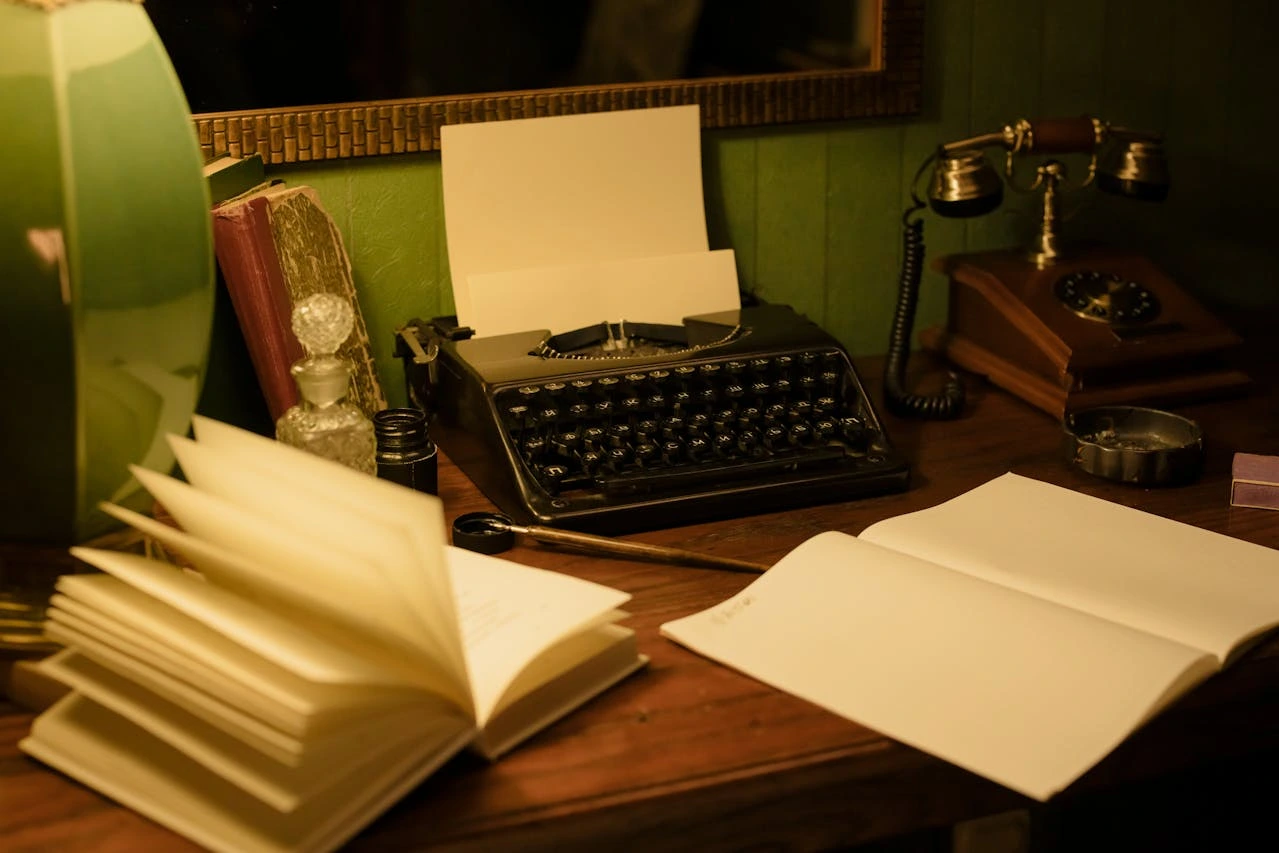I’ve always loved walking into a library, the quiet, the smell of paper, the shelves lined with stories waiting to be discovered. But one random day, while picking up a novel, I caught myself asking: Where do libraries get their books? It wasn’t something I had ever thought deeply about, but once the question popped into my head, I couldn’t stop being curious. Turns out, the process is pretty fascinating, and not as simple as “they just buy them.”
Let me break it down for you in a way that feels less textbook-ish and more like we’re chatting over coffee.
1. Direct Purchases from Publishers
Libraries often buy directly from publishers, especially when it comes to newly released books. Big publishers usually offer libraries discounts, bulk orders, or access to titles before they hit mainstream shelves.
- New releases → ordered quickly so patrons get them right away.
- Bestsellers → often pre-ordered because demand is high.
This is how libraries make sure you don’t have to wait a year to get your hands on that hyped-up novel.
2. Specialized Library Vendors
Okay, this one blew my mind a little. Libraries don’t usually shop the way we do on Amazon or at the local bookstore. Instead, they often go through vendors that specifically serve libraries. Companies like Baker & Taylor or Ingram handle this.
These vendors:
- Offer massive catalogs that are library-friendly.
- Provide “ready-to-shelve” books (with barcodes, protective covers, and spine labels already done).
- Save librarians a TON of processing time.
So yes, that neat little sticker on the spine? It likely came with the book when it was delivered.
3. Donations from the Community
Ever seen that donation bin in the corner of your library? Those books aren’t just sitting there for decoration. Many libraries rely on donations from readers.
- Some donations go straight onto the shelves if they’re in great condition.
- Others might be sold in library book sales to raise funds.
- Rare finds sometimes even go into archives or special collections.
(Confession: I once donated a series of fantasy books, and later saw them neatly sitting on the shelves, it felt like I contributed to someone else’s adventure.)
4. Interlibrary Loan Networks
This is less about “getting” books permanently and more about “borrowing” them from other libraries. If your local library doesn’t have a book, they can request it from a partner library. It’s like your library has a giant extended family willing to share.
This system is especially useful for academic libraries or rare titles.
5. Government or Institutional Funding
Public libraries are usually funded by local government budgets, grants, or educational institutions (for university libraries). A portion of that funding is dedicated specifically to buying books and other resources.
So, when you’re checking out that stack of novels for free, remember: your taxes probably helped put them there.
6. Librarian & Community Requests
One of the coolest things I’ve learned is that you can influence what books end up in a library. Many libraries have request systems where patrons can suggest titles. Librarians consider demand, availability, and budget before making purchases.
I’ve actually done this myself, I requested a nonfiction book once, and a few weeks later, it was on the shelf with my name first in the hold queue. Felt like a little victory.
7. Special Grants & Programs
Sometimes, libraries get special grants for building certain collections, like children’s books, local history, or diverse voices. Nonprofits and cultural organizations often step in here. For example, a grant may fund a library’s expansion of bilingual literature or STEM-focused books.
8. Partnerships with Local Authors
Many libraries love supporting local talent. Authors sometimes donate their books or libraries purchase them to spotlight local voices. Some even host book launches or signings that lead to permanent additions to the collection.
Final Thoughts, It’s a Mix of Magic and Strategy
So, where do libraries get their books? The answer isn’t just one place, it’s a mix of publishers, vendors, donations, community requests, and even special grants. To me, that makes libraries even more magical. Every shelf is a blend of careful planning, community love, and a little bit of serendipity.
The next time you check out a book, you’ll know that it didn’t just appear, it traveled through a pretty interesting path to land in your hands. And honestly? That makes me appreciate libraries even more.
Know Your Author
Hi, I’m Emon
I’m the voice and heart behind Whimsy Read. After nine years in the world of banking, I followed my passion for storytelling into the world of SEO and content strategy. Now, I blend that analytical eye with a deep love for literature to bring you book reviews that are thoughtful, honest, and always focused on the stories that stay with you.
When I’m not reading or writing, you’ll find me enjoying joyful chaos with my wife and three kids, getting lost in a new series, or revisiting my old loves: theater, music, and gaming. At the end of the day, I believe great books are meant to be shared, and I’m so glad you’re here to share them with me.







Leave a Reply